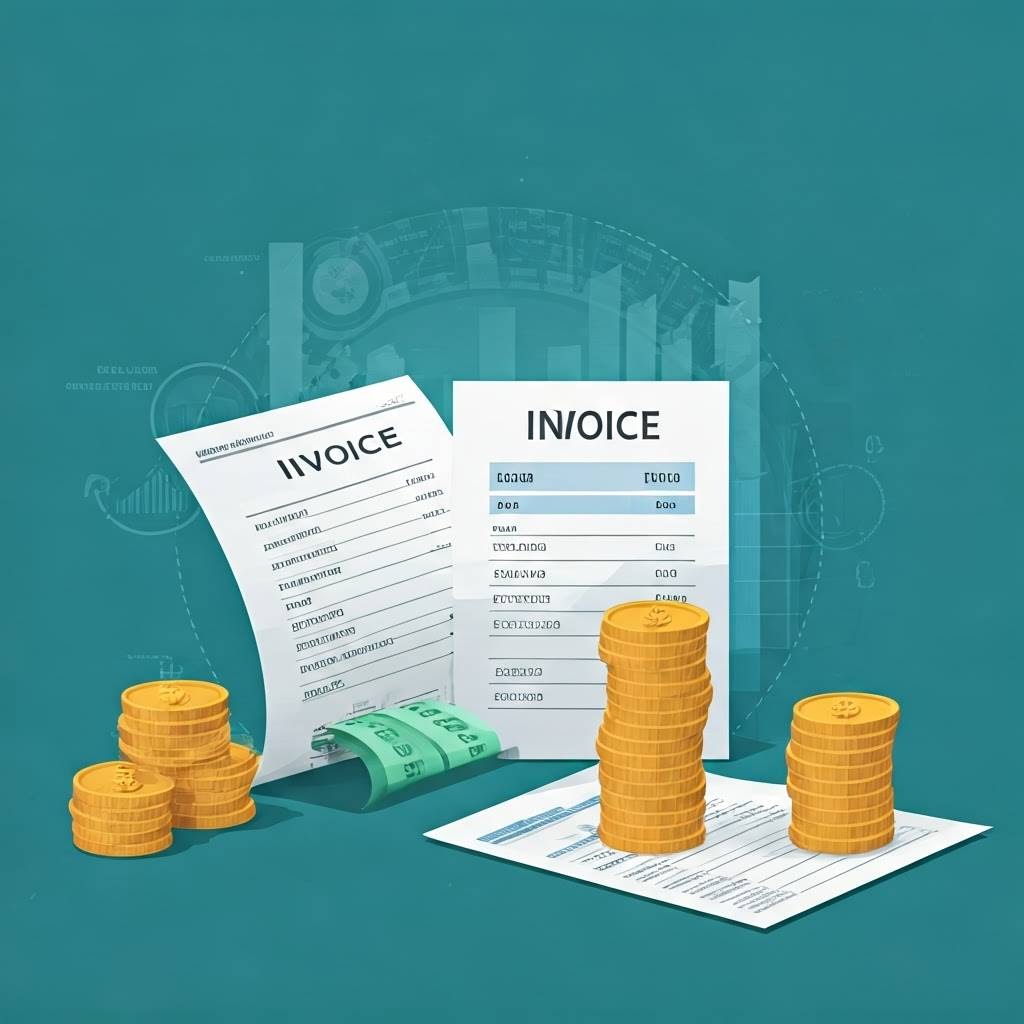This post is also available in:
Bahasa Malaysia
What is Debt Ratio?
Why is Debt Ratio Important for Small Businesses?
For small businesses, managing debt effectively is crucial for financial stability and growth. Here’s why debt ratio matters:
1. Indicates Financial Health
A high debt ratio suggests that a business relies heavily on borrowed funds, which can be risky if revenues decline. A lower debt ratio generally indicates financial stability and a strong equity position.
2. Affects Loan Eligibility
Lenders and investors often assess a company’s debt ratio to determine its creditworthiness. A high debt ratio may make it harder to secure financing, while a reasonable debt level can improve a business’s chances of obtaining loans at favorable rates.
3. Impacts Business Growth
Small businesses need capital to expand, invest in equipment, or hire staff. If a company is already highly leveraged, it may struggle to take on additional loans or attract investors due to perceived financial risk.
4. Helps in Risk Management
Monitoring debt ratio allows business owners to identify potential financial risks before they become problems. Keeping debt levels in check ensures the business remains flexible and capable of handling unexpected expenses or economic downturns.
5. Guides Decision-Making
A balanced debt ratio helps business owners make informed decisions about borrowing, reinvestment, and expense management. It provides a clear picture of how much leverage is sustainable without compromising financial health.
What is a Healthy Debt Ratio?
The ideal debt ratio varies by industry, but generally:
- Less than 0.4 (40%): Indicates low debt and strong financial stability.
- Between 0.4 and 0.6 (40-60%): Generally acceptable, but requires careful monitoring.
- Above 0.6 (60%): Suggests higher financial risk and dependency on debt.
How to Improve Debt Ratio
- Increase Revenue: Boosting income without increasing debt improves the ratio.
- Reduce Unnecessary Expenses: Cutting costs can help allocate more funds toward reducing liabilities.
- Pay Off Debt Strategically: Prioritize high-interest debts first.
- Consider Alternative Financing: Using equity financing instead of debt can help maintain a balanced ratio.
Conclusion
Debt ratio is a key financial indicator that small business owners should monitor regularly. Maintaining a healthy balance between debt and assets can enhance financial stability, improve creditworthiness, and support long-term business success. By understanding and managing debt ratio effectively, small businesses can position themselves for sustainable growth and resilience in an ever-changing economic landscape.

Managing Credit Control for Small Businesses
Effective credit control is essential for small businesses to maintain healthy cash flow and avoid financial difficulties.

The Importance of Monitoring Accounts Receivable
While it may seem like just another line item on the balance sheet, closely monitoring accounts receivable can significantly impact a company’s financial health and operational efficiency.

